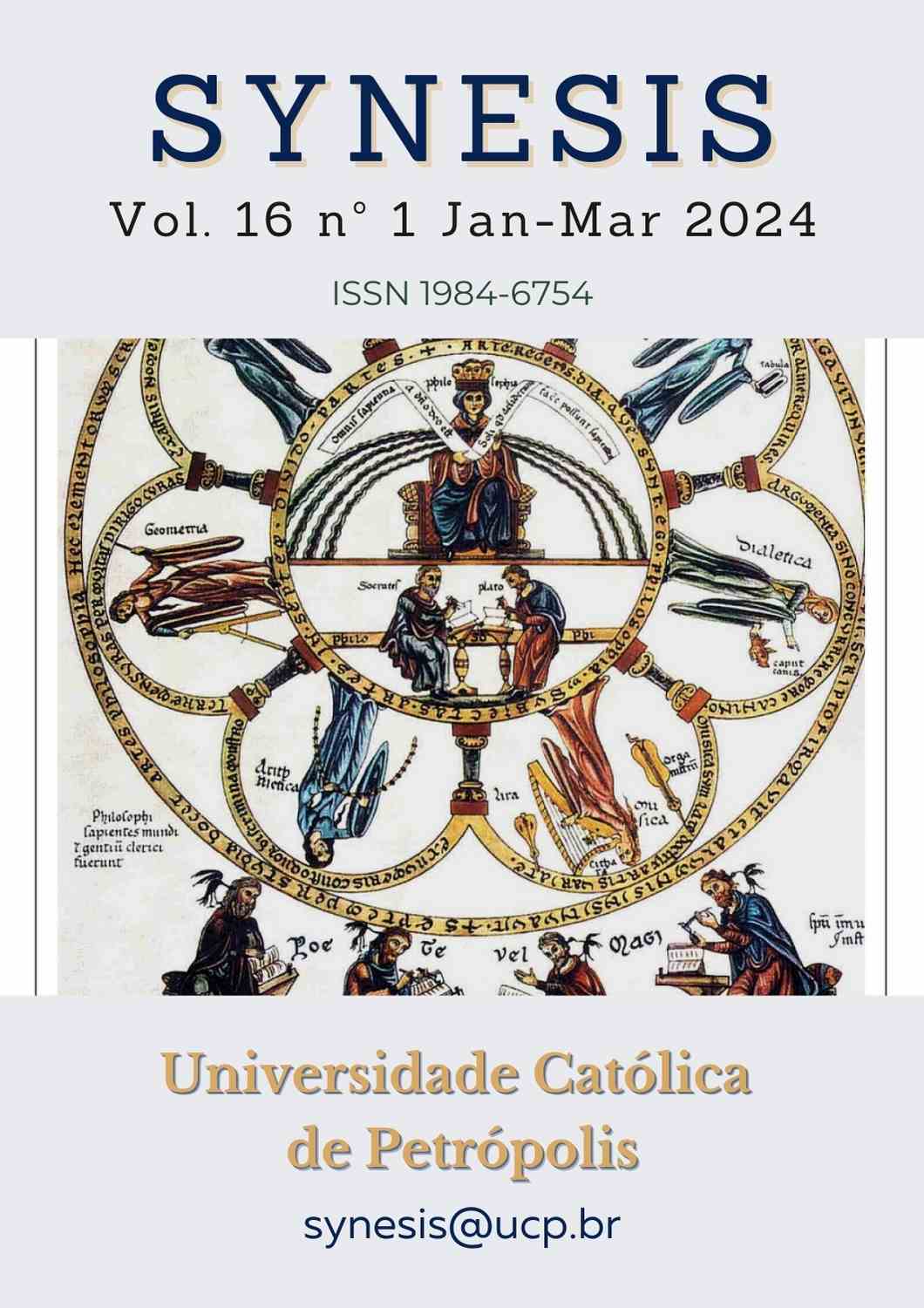Abstract
In the field of Malay literature, various issues are raised and often become a theme in the works (Azmi, Hassan, Azmi, Atek, & Yah, 2022; Azmi, Abdullah, & Hassan, 2023). As a writer who is sensitive to current issues, especially the environment, short stories are among the mediums used to highlight the author's thoughts and ideologies. However, in order not to offend any ruling party and avoid unwanted incidents such as lawsuits, the writer uses satire to satirize subtly. This paper aims to investigate the satirical element in the group of Malay short stories represented by Frankie Latit, namely Apabila Rama-Rama Dijelmakan Kepompong Epilepsi (2017). This short story, which is the subject of this study, is described as “Kronologi Myocardial Infarction”. This short story was published in Utusan Borneo on 21 September 2015. The author is seen trying to represent the voice of the people of Sarawak, especially the Penan people who face the issue of forest destruction. This issue is considered big for the Penan community because their livelihood depends on the forest as a source of food, drink, medicine, and clothing. Although there have been many efforts made by the Penan people in fighting for their fate, they have not yet received the justice they deserve. Therefore, this short story with a medical background was produced to satirize the ruling class of Sarawak who ignored the welfare of the Penan people. It was found that the influence on the creation of this short story is due to the factors of the author's background, environment, and thoughts. This study also proves Frankie Latit's tendency to produce satirical short stories.
References
Azmi, M. N. L., Abdullah, A. T. H., & Hassan, I. (2023). Depiction of Polygamous Character Traits in Che Husna Azhari’s Mariah. Theory and Practice in Language Studies, 13(5), 1167-1171.
Azmi, N. J., Hassan, I., Azmi, M. N. L. A., Atek, E. S. E., & Yah, M. H. (2022). Strategies for learning the malay literature component in Malaysian secondary schools. Revista on line de Política e Gestão Educacional, e022040-e022040.
Busu, F. (1999). Ciri-ciri Satira Dalam Novel Melayu dan Afrika Moden: Kajian Perbandingan. Kuala Lumpur: Dewan Bahasa dan Pustaka.
Che Ya. (2017). Realiti Dalam Kreativiti. Dewan Sastera, 2(47), 5-62.
Hassan, I., Azmi, M. N. L., & Abubakar, H. A. (2020). A critical analysis of Helon Habila’s Waiting for an Angel: A postcolonial perspective. Journal of Critical Reviews, 7(13), 2787-2790.
Hassan, T. R. R. (2020). Dlm. Tengku Intan Marlina Tengku Mohd Ali, Mawar Safei dan Kamariah Kamaruddin. Penulis Profesional Melayu. Bangi: Penerbit Universiti Kebangsaan Malaysia.
Ismail, K. I (2017). Cerita Rokiah Yang Sakit Hendak Bersalin. Dewan Sastera, Jilid 47,Bil 11: 91-94.
Ismail, K. I. (2013). Aku Bukan Jonah. Berita Harian. 1 Mac: 20-21.
Ismail, K. I. (2014). Disosiasi. Tunas Cipta. Jilid 4, Bil 3: 24-27.
Ismail, K. I. (2016). Tik! Tok! Tik!. Berita Harian. 1 Mei: 12-13.
Keti, S., Magiman, M. M., & Yusoff, H. A, M. N. (2019). Simbol Pakan Dalam Ritual Masyarakat Penan Kawasan Ulu Jelalong Tubau, Bintulu, Sarawak. Paper presented at the International Conference on Social Science and Humanities di Bintulu, Sarawak.
Latit, F. (2017). Apabila Rama-Rama Dijelmakan Kepompong Epilepsi. Kuala Lumpur: Institut Terjemahan & Buku Malaysia.
Latit, R. J. F. (2017). Apabila Rama-Rama Dijelmakan Kepompong Epilepsi. Kuala Lumpur: Institut Terjemahan & Buku Malaysia.
Nordin, A. (1999). Citra Masyarakat dalam Novel Satira Melayu: Suatu Pandangan. Kuala Lumpur: Penerbit Universiti Malaya.
Othman, S. K. (1997). Pemikiran Satira Dalam Novel Melayu. Kuala Lumpur: Dewan Bahasa dan Pustaka.
Saman, R. I. S. M. (1994). Pengarang, Teks dan Khalayak. Kuala Lumpur: Dewan Bahasa dan Pustaka.
Yaakup, H. S. (2013). Membaca Satira dalam Karya Penulis Muda. Tunas Cipta
Zabidi, A. Z. M. (2020). Kajian Satira dalam Sastera Dakwah di Malaysia: Satu Perbahasan Konsep. Jurnal Melayu Sedunya, 3(1), 148-184
Zakir, S. M. (2017). Wacana Sosial daripada Pendekatan Verstehen, Dewan Sastera, Jun, 58-63

This work is licensed under a Creative Commons Attribution-NonCommercial-NoDerivatives 4.0 International License.
Copyright (c) 2023 Synesis (ISSN 1984-6754)

